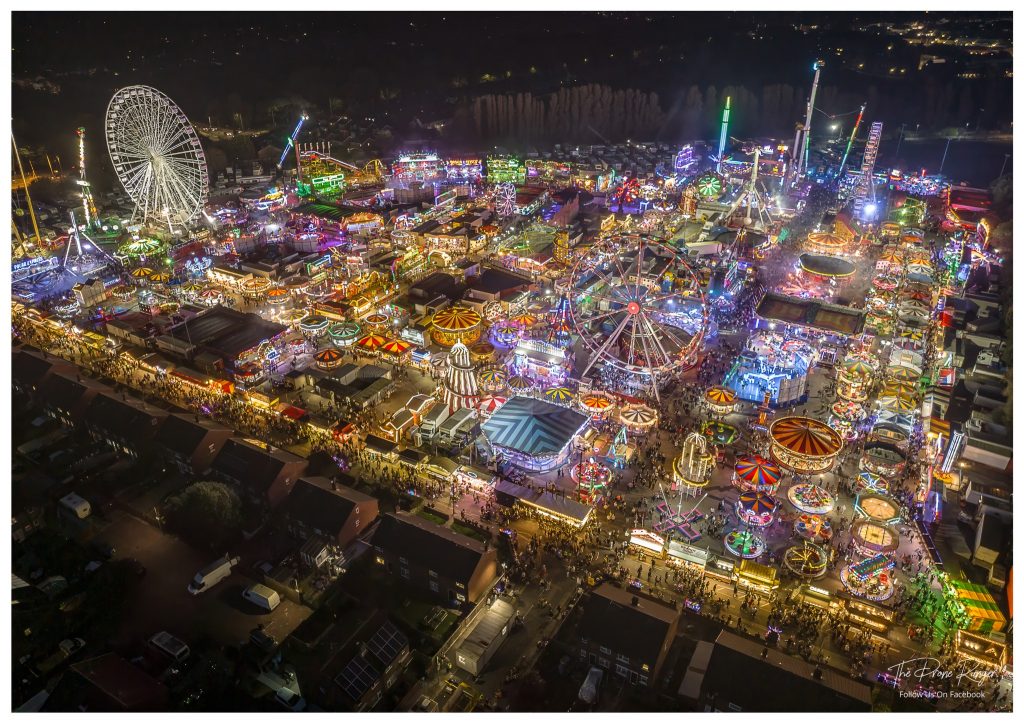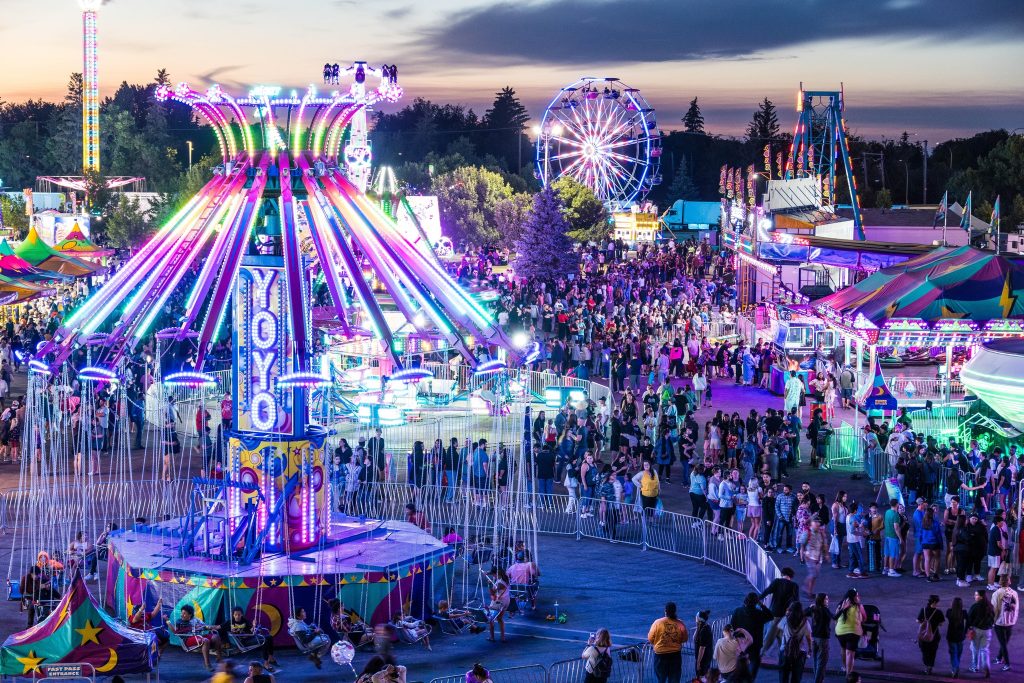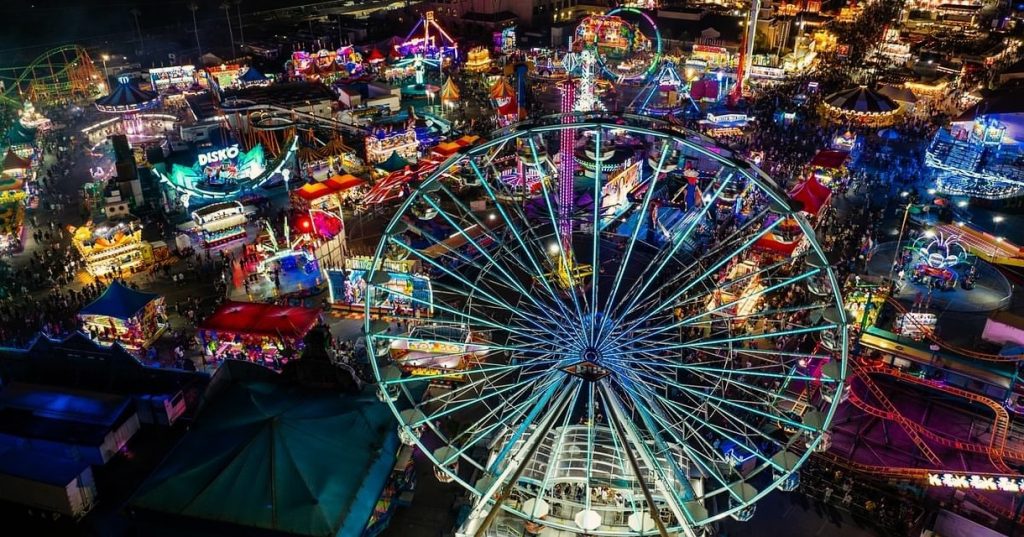When designing a theme park, use amusement lighting to create a different park
When designing a theme park, making good use of amusement lighting can also create an atmosphere of different feelings after nightfall, create a sense of immersion and experience, and inject new colors into the theme park. The park is an artificial park built around a certain theme, dominated by one or more themes of natural resources or cultural resources, and combined with different artificially designed landscapes and facilities to allow visitors to experience a specific theme. In addition to conventional lighting, theme park lighting also has a large number of theme effect lighting and interpretation lighting, which realize the combination of functionality and landscape. That is, the theme facilities are highlighted with vivid technical lighting performance techniques, and targeted lighting design is carried out according to the characteristics and functions of each landscape node to create different scenes and atmospheres.
Theme parks have the characteristics of complex buildings and dense population, so their lighting design is very different from conventional lighting design. Most of the amusement areas in theme parks do not have the problem of secondary decoration, so the lighting design requirements are higher, and the needs of functional lighting and landscape lighting need to be met at one time. The lighting design of theme parks has the following main features:
1] The light effect, light distribution curve, lamp efficiency, etc. vary greatly. Due to the different themes of theme parks, the light sources and lamps required are also different. Therefore, the light effect, light distribution curve, lamp efficiency, etc. of lighting fixtures vary greatly. Based on this, conventional lighting design cannot accurately reflect the actual lighting effect. Using lighting simulation software, by selecting the lamp library of a specified lamp manufacturer or the IES file of the lamp, the actual lighting effect can be accurately reflected.
2] Emergency lighting is particularly important in theme parks. While focusing on visuality and entertainment, theme parks also pay more attention to the smoothness and recognizability of life safety passages in the event of a fire, as well as the safe evacuation of personnel. Due to the large flow of people in theme parks, emergency lighting is particularly important. Conventional design often uses an estimation method to verify whether the illumination required by the specification is met. However, through lighting calculation simulation, the effect and calculation results of emergency lighting can be more accurately reflected.
3] Comprehensive control of different types of lighting. Theme parks have a large building area, and the lighting effects of different areas need to serve different themes. Therefore, lighting control is very important. The lighting of theme parks requires comprehensive control of conventional lighting, emergency lighting, effect lighting and other performance lighting. Therefore, it requires a combination of local and remote control, dimming control and switch control. Common lighting control methods in theme parks are: local control in the logistics area, and energy management system, contactor, and relay control in the outdoor area; dimming control in the performance area, and dimming and energy management system control in the outdoor area. The energy management system is combined with the DMX control system to achieve control and monitoring of analog lamps. The schematic diagram of the DMX control system is shown in the figure.
Dimming control achieves control of the lights in the performance area such as the stage through pulse width modulation (PWM) or constant current power supply regulation; contactor and relay control achieves monitoring of switch lamps and emergency lighting switching control by switching a series of contacts through contactor or relay coils. Through the above control, not only can the control of lamps be accurately achieved to better serve the theme, but also the lighting of life safety passages can be guaranteed and lighting energy saving can be achieved.
4] Seeing light but not lamps Since theme parks focus on viewing experience, lighting design needs to achieve “seeing light but not lamps”, making maximum use of the theme park’s architectural components, artistic components and other infrastructure to hide lamps and achieve the integration of amusement lighting and the park.
















